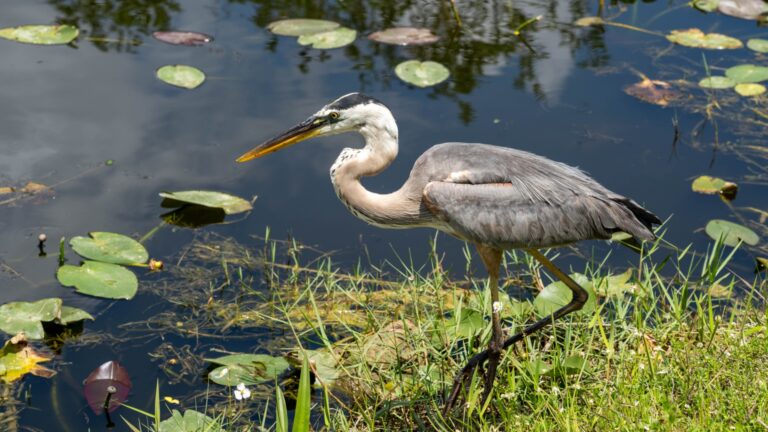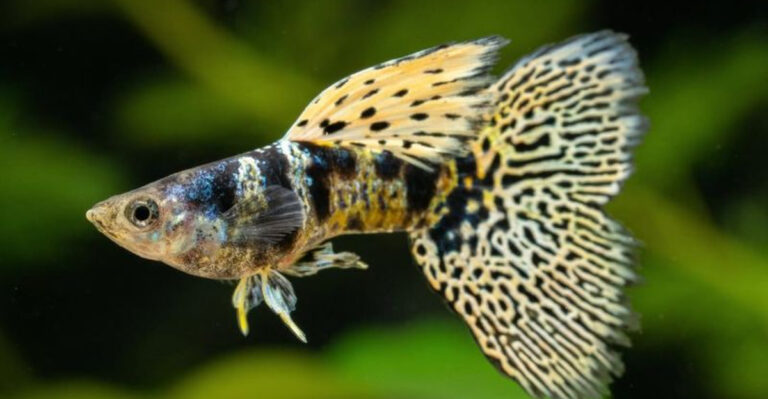7 American Creatures You May Never Witness Again And 7 That Are Making A Strong Comeback
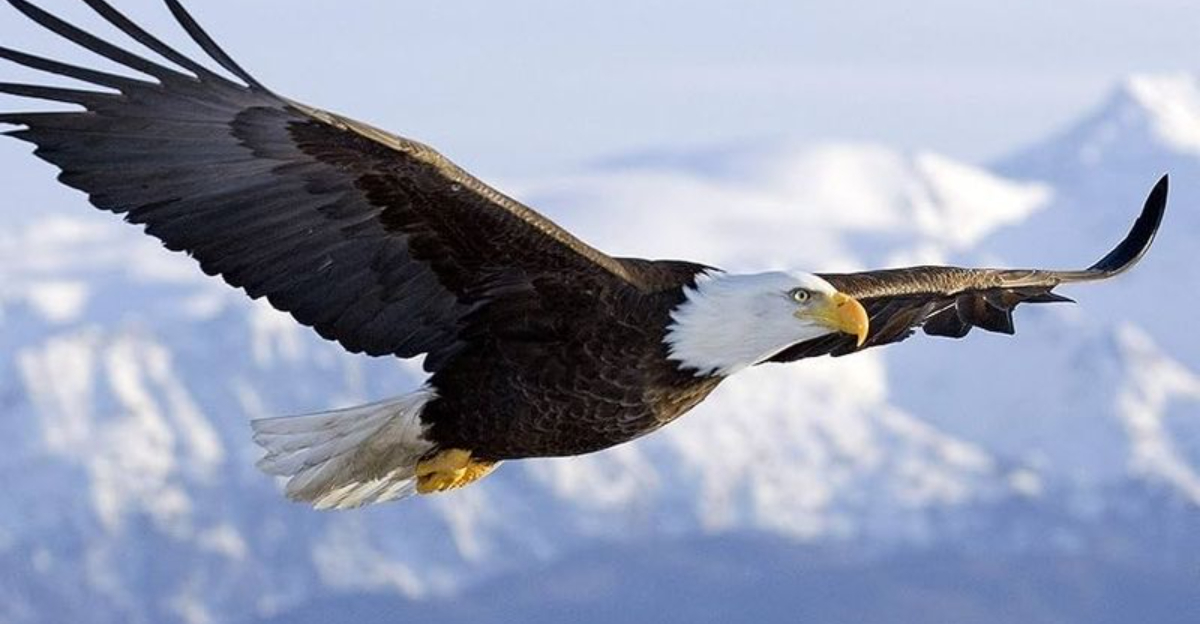
America’s wild landscapes have witnessed dramatic changes in their animal populations over the decades. Some creatures teeter on the brink of disappearing forever, victims of habitat loss, climate change, and human interference.
Yet against the odds, other species are bouncing back from near-extinction, showing nature’s remarkable resilience when given a fighting chance.
1. Vanishing Act: North Atlantic Right Whale

Gentle giants of the ocean, these massive mammals now number fewer than 350 individuals. Ship strikes and fishing gear entanglements continue to claim lives faster than new calves are born.
Scientists fear these magnificent creatures could disappear within our lifetime despite conservation efforts, making each rare sighting increasingly precious.
2. Fading Flutters: Monarch Butterfly

Those orange-and-black wings that once filled skies by the billions have declined by a staggering 90% in recent decades. Milkweed destruction and climate change have devastated their epic migration routes.
Each winter, fewer monarchs reach their Mexican sanctuaries, making their spectacular clustering on oyamel fir trees an increasingly rare spectacle.
3. Last Stand: Florida Panther
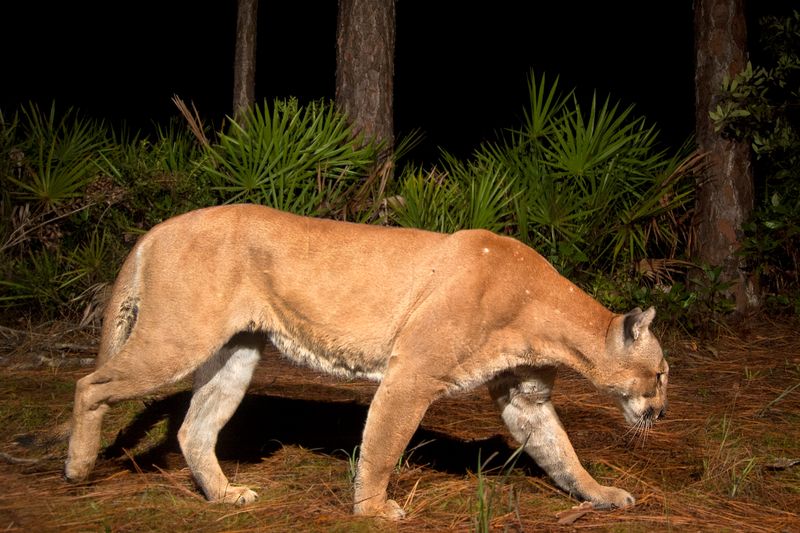
Once prowling throughout the Southeast, these tawny ghosts now cling to existence in Florida’s swampy southern tip. With fewer than 200 remaining, their future hangs by a thread despite dedicated recovery programs.
Road collisions claim several cats yearly, while habitat fragmentation prevents population expansion beyond their shrinking territory.
4. Singing into Silence: Rusty Patched Bumble Bee
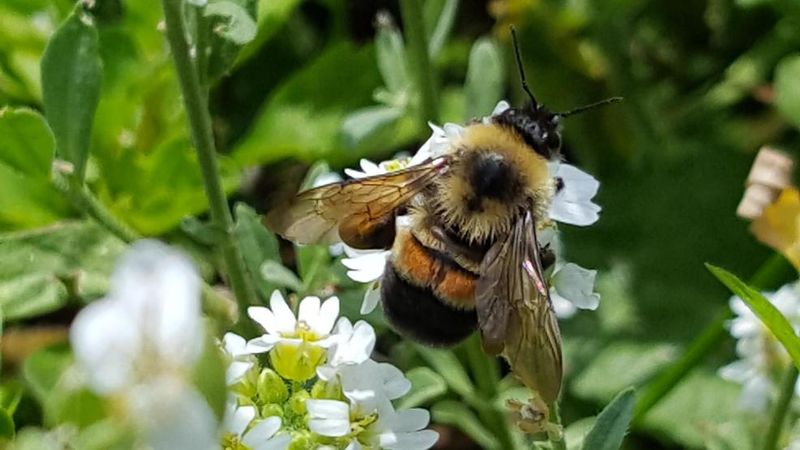
Remember spotting these fuzzy pollinators in your backyard? Their populations have plummeted 87% since the late 1990s. Pesticides, disease, and habitat loss have devastated this once-common bee.
Now found in just 13 states, down from 28, these essential pollinators may vanish completely without immediate intervention, taking numerous plant species with them.
5. Fading Shadows: Ivory-Billed Woodpecker
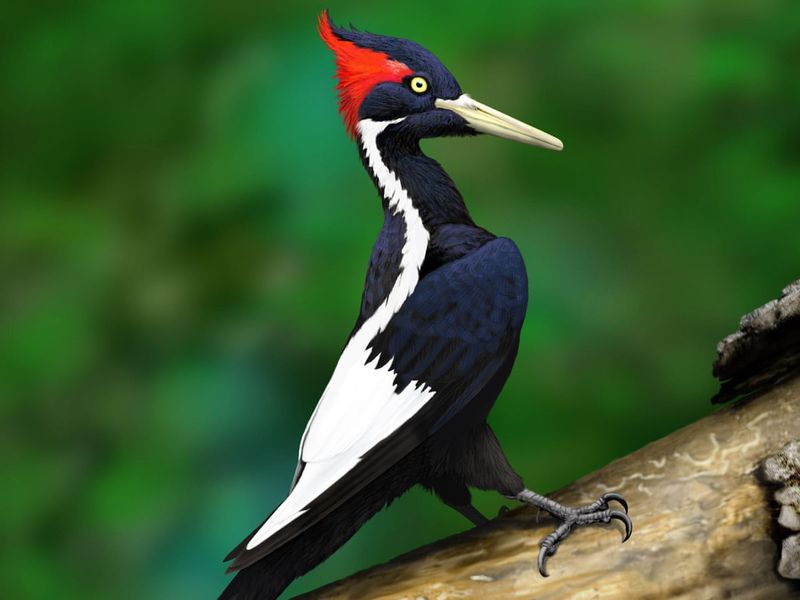
Called the “Lord God Bird” for its breathtaking appearance, this magnificent woodpecker may already be gone forever. No confirmed sightings exist since the 1940s, though tantalizing reports occasionally surface.
Old-growth forest destruction eliminated its habitat, and despite extensive searches, many scientists believe we’ve lost this spectacular bird to extinction.
6. Disappearing Act: Delta Smelt

Barely three inches long, this tiny fish tells a massive story about California’s water crisis. Once abundant in the Sacramento-San Joaquin Delta, it’s now virtually impossible to find in the wild.
Water diversions, pollution, and invasive species have decimated populations so severely that extinction seems inevitable, despite legal protections and captive breeding programs.
7. Vanishing Voice: Poweshiek Skipperling

Most people never noticed this small prairie butterfly when it was common. Now it’s nearly gone – a victim of habitat destruction so severe that fewer than 500 remain in scattered locations.
Native prairie has been reduced to less than 1% of its original extent. This tiny insect’s decline represents the silent collapse of an entire ecosystem.
8. Remarkable Recovery: American Bald Eagle
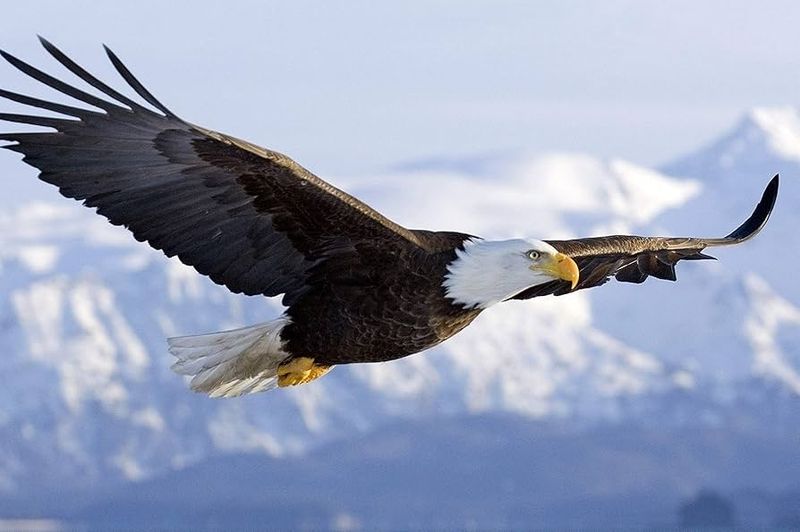
From just 417 nesting pairs in the 1960s to over 300,000 birds today, our national symbol soars as conservation’s greatest success story. DDT bans and habitat protection fueled this spectacular comeback.
Once rare enough to make headlines when spotted, eagles now nest in every continental state. Their recovery proves that determined conservation efforts can reverse even dire situations.
9. Back from the Brink: American Alligator
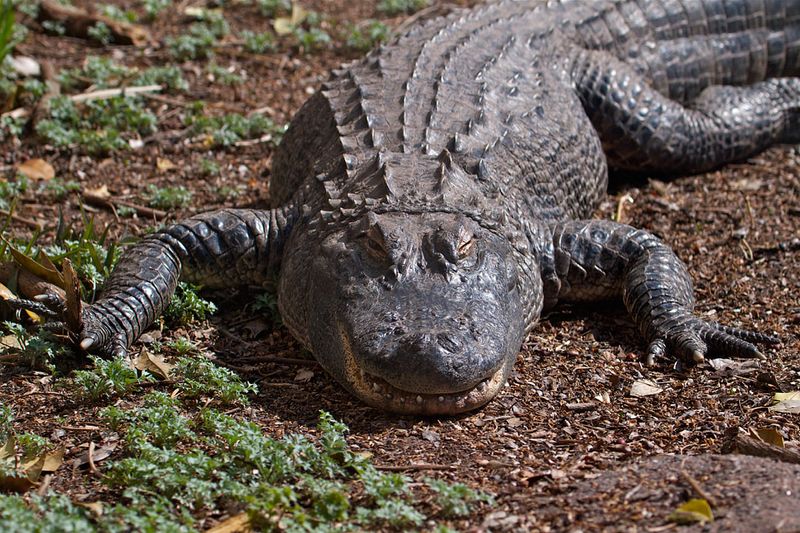
Hunted nearly to extinction for their valuable hides, these prehistoric reptiles have staged an extraordinary comeback. Protected since 1967, their populations have exploded across southeastern wetlands.
Once so rare that spotting one was remarkable, alligators now number in the millions. Their recovery has restored crucial ecosystem functions and proven that even feared predators can coexist with humans.
10. Rising Numbers: Gray Wolf
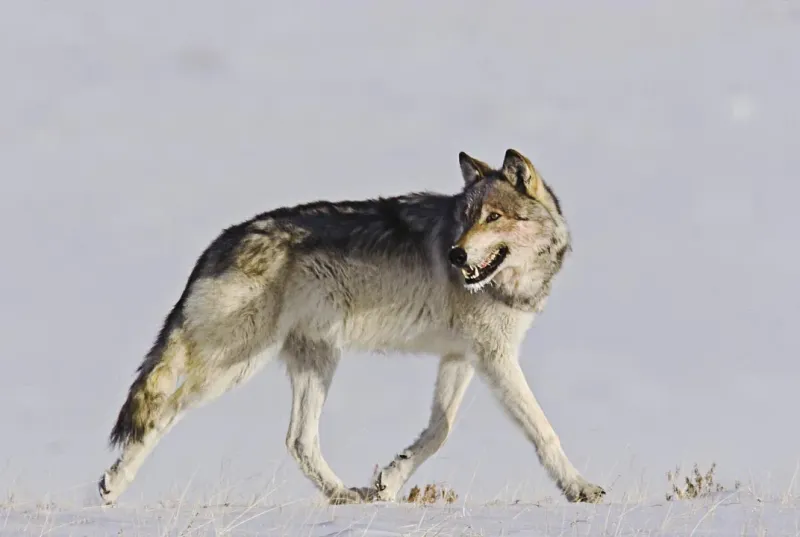
Howling has returned to landscapes where it was silenced for generations. After being systematically eliminated from most of the lower 48 states, gray wolves are reclaiming territories across the Northern Rockies and Great Lakes.
From just a few hundred survivors in Minnesota to over 6,000 today, their recovery remains controversial but ecologically transformative, restoring natural balances to multiple ecosystems.
11. Mounting Comeback: Southern Sea Otter

Furry ocean engineers once thought extinct in California have paddled back from just 50 individuals to over 3,000 today. Their return has revitalized kelp forests by controlling sea urchin populations.
Though still occupying just a fraction of their historic range, these charismatic mammals demonstrate how keystone species recovery can transform entire marine ecosystems.
12. Population Boom: Wood Duck
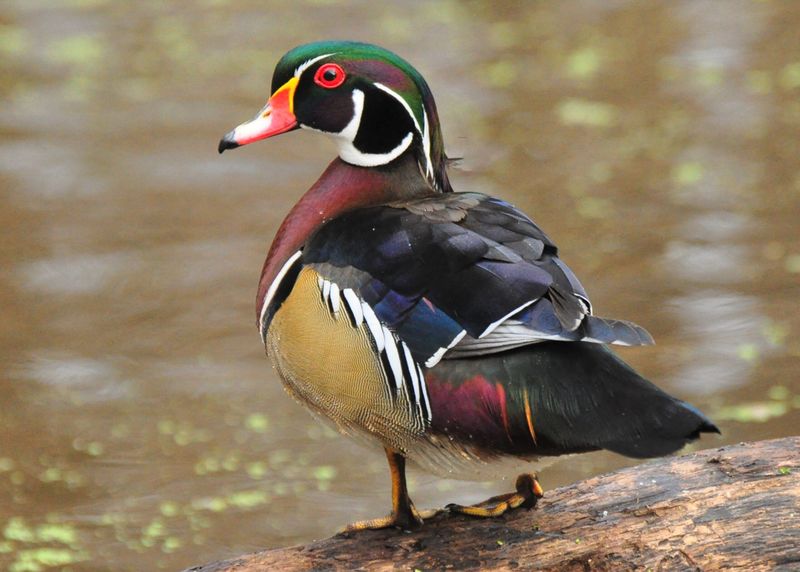
Sporting rainbow plumage that seems almost too beautiful to be real, these forest-dwelling ducks nearly disappeared in the early 1900s due to overhunting and habitat loss. Conservation efforts changed everything.
Nesting box programs and hunting regulations helped populations explode from near-extinction to over 3 million birds today. Their recovery brightens woodland streams across eastern North America.
13. Surprising Surge: Humpback Whale
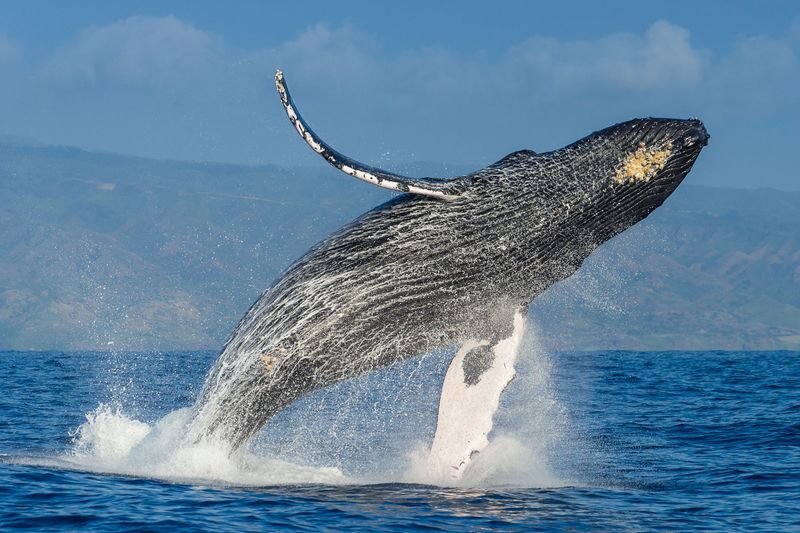
These acrobatic ocean giants have bounced back from the brink after commercial whaling nearly wiped them out. Most populations have recovered to at least 80% of their pre-whaling numbers.
Breaching displays and haunting songs are now regular features along both coasts. Their recovery represents one of the most successful international conservation efforts in history.
14. Resurgence Story: American Crocodile

Florida’s shy, saltwater-dwelling reptiles have quietly quadrupled their numbers since the 1970s. Once down to just a few hundred individuals, over 2,000 now patrol southern Florida’s coastal waters.
Unlike their more aggressive relatives elsewhere, these crocs are remarkably timid around humans. Their recovery demonstrates how endangered species can bounce back when given adequate protection and habitat.


